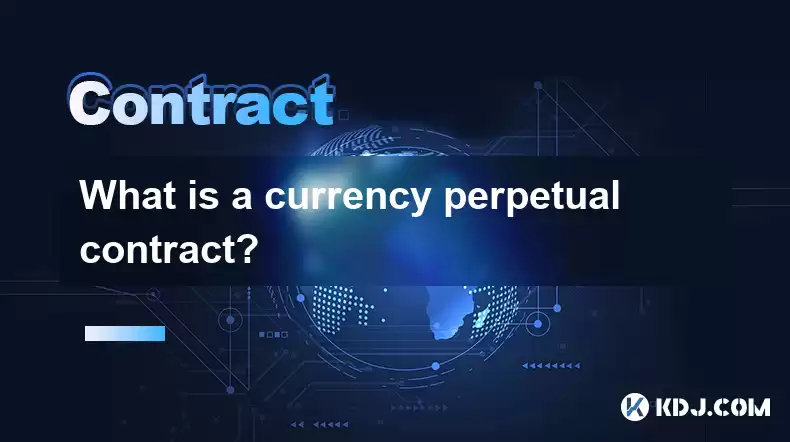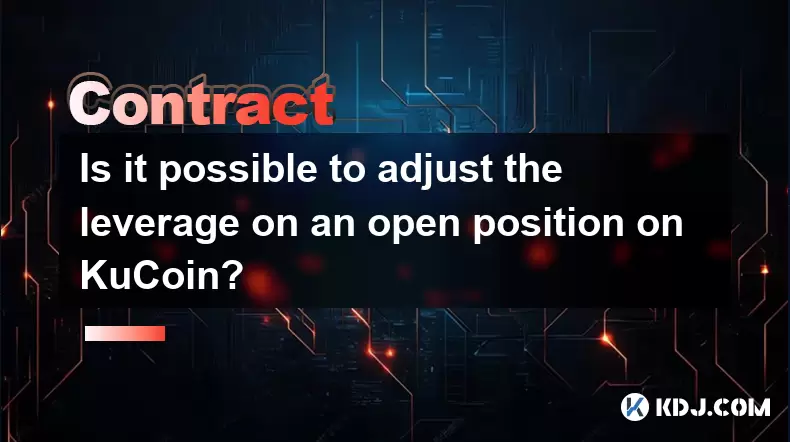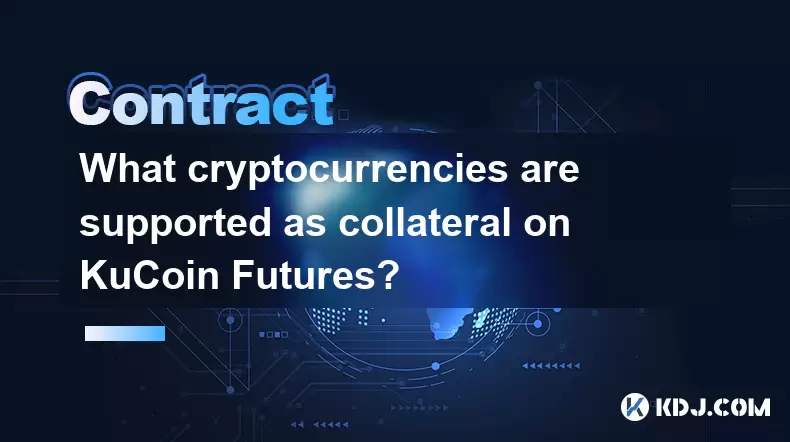-
 Bitcoin
Bitcoin $118600
-2.59% -
 Ethereum
Ethereum $4282
-0.42% -
 XRP
XRP $3.129
-4.21% -
 Tether USDt
Tether USDt $0.0000
0.01% -
 BNB
BNB $805.4
-1.80% -
 Solana
Solana $174.3
-5.77% -
 USDC
USDC $0.9998
-0.01% -
 Dogecoin
Dogecoin $0.2230
-6.33% -
 TRON
TRON $0.3466
1.70% -
 Cardano
Cardano $0.7745
-5.73% -
 Chainlink
Chainlink $21.37
-3.53% -
 Hyperliquid
Hyperliquid $42.93
-7.25% -
 Stellar
Stellar $0.4324
-4.94% -
 Sui
Sui $3.660
-7.17% -
 Bitcoin Cash
Bitcoin Cash $591.6
2.72% -
 Hedera
Hedera $0.2467
-7.04% -
 Ethena USDe
Ethena USDe $1.001
0.00% -
 Avalanche
Avalanche $22.92
-6.14% -
 Litecoin
Litecoin $118.8
-3.79% -
 Toncoin
Toncoin $3.378
-0.46% -
 UNUS SED LEO
UNUS SED LEO $9.011
-1.15% -
 Shiba Inu
Shiba Inu $0.00001294
-5.81% -
 Uniswap
Uniswap $11.24
0.53% -
 Polkadot
Polkadot $3.870
-6.16% -
 Cronos
Cronos $0.1662
-1.68% -
 Dai
Dai $1.000
0.02% -
 Ethena
Ethena $0.7915
-5.62% -
 Bitget Token
Bitget Token $4.414
-1.65% -
 Monero
Monero $259.3
-3.85% -
 Pepe
Pepe $0.00001120
-8.29%
What is a currency perpetual contract?
Unlike traditional futures contracts with fixed expiration dates, currency perpetual contracts allow traders to speculate on currency pairs indefinitely, providing increased flexibility and the potential for long-term positioning.
Dec 16, 2024 at 10:16 am

What is a Currency Perpetual Contract?
Introduction:
Currency perpetual contracts are a type of derivative financial instrument that allows traders to speculate on the future price of a currency pair. Unlike traditional futures contracts, which have a fixed expiration date, perpetual contracts are designed to trade indefinitely. This flexibility allows traders to maintain a position in a currency pair without the need to roll over their contracts to a new month.
Understanding Currency Perpetual Contracts:
- Mechanism: Perpetual contracts track the spot price of the underlying currency pair. They are margin traded, meaning that traders can use leverage to amplify their potential profits. However, leverage also introduces the potential for significant losses.
- Funding Rate: Since perpetual contracts have no expiration date, they require a funding mechanism to ensure that the contract price remains aligned with the spot price. Funding is paid either by longs (traders betting on price appreciation) or shorts (traders betting on price decline), depending on market conditions.
- Market Makers: Market makers play a crucial role in the liquidity of perpetual contracts. They provide constant bid-ask quotes, ensuring that there is always a willing buyer or seller for the contract.
Merits of Currency Perpetual Contracts:
- Flexibility: Perpetual contracts offer increased flexibility compared to traditional futures contracts, allowing traders to hold positions for extended periods.
- Leverage Benefits: Leveraging can magnify potential profits, but it also increases the risk of losses. Traders must manage leverage cautiously.
- Hedging: Perpetual contracts can be used for hedging strategies to reduce the risk associated with currency fluctuations.
Risks Associated with Currency Perpetual Contracts:
- High Leverage: While leverage can enhance profitability, it also exacerbates losses. Traders must carefully consider their risk tolerance before leveraging.
- Funding Rate Risk: Funding rates can fluctuate significantly, impacting the profitability of long or short positions.
- Market Volatility: Cryptocurrency markets are notoriously volatile, which can increase the risk associated with perpetual contract trading.
Other Considerations:
- Type of Contract: There are two main types of currency perpetual contracts: inverse contracts and linear contracts. Inverse contracts require the use of cryptocurrency as collateral, while linear contracts require fiat currency collateral.
- Trading Platform: Traders must select a reputable trading platform that offers reliable and secure trading conditions for perpetual contracts.
- Risk Management: Effective risk management strategies are crucial when trading perpetual contracts. Traders should use stop-loss orders to limit potential losses.
Conclusion:
Currency perpetual contracts provide traders with a flexible and efficient way to speculate on the future price of currency pairs. However, it is essential to understand the mechanisms, risks, and considerations associated with this instrument. By managing leverage prudently, understanding funding rates, and practicing sound risk management, traders can harness the potential of currency perpetual contracts effectively.
Disclaimer:info@kdj.com
The information provided is not trading advice. kdj.com does not assume any responsibility for any investments made based on the information provided in this article. Cryptocurrencies are highly volatile and it is highly recommended that you invest with caution after thorough research!
If you believe that the content used on this website infringes your copyright, please contact us immediately (info@kdj.com) and we will delete it promptly.
- Memecoins, Corporate Treasury, and the New Frontier: A NYC Perspective
- 2025-08-12 14:30:13
- Dogecoin, Presale, Surge: Riding the Meme Coin Wave
- 2025-08-12 11:10:12
- Dogecoin, Tron, and the ROI Reality Check: What's a Crypto Investor to Do?
- 2025-08-12 11:15:12
- Ethereum Layer-2 Scaling Competition Heats Up as ETH Breaks $4K
- 2025-08-12 10:30:12
- China Regulation, Stablecoins, and BNB Presale: Navigating the Crypto Landscape
- 2025-08-12 11:30:12
- Meme Coins, Investment, and Token Burns: What's Hot in 2025?
- 2025-08-12 10:30:12
Related knowledge

Is it possible to adjust the leverage on an open position on KuCoin?
Aug 09,2025 at 08:21pm
Understanding Leverage in KuCoin Futures TradingLeverage in KuCoin Futures allows traders to amplify their exposure to price movements by borrowing fu...

What cryptocurrencies are supported as collateral on KuCoin Futures?
Aug 11,2025 at 04:21am
Overview of KuCoin Futures and Collateral MechanismKuCoin Futures is a derivatives trading platform that allows users to trade perpetual and delivery ...

What is the difference between realized and unrealized PNL on KuCoin?
Aug 09,2025 at 01:49am
Understanding Realized and Unrealized PNL on KuCoinWhen trading on KuCoin, especially in futures and perpetual contracts, understanding the distinctio...

How does KuCoin Futures compare against Binance Futures in terms of features?
Aug 09,2025 at 03:22am
Trading Interface and User ExperienceThe trading interface is a critical component when comparing KuCoin Futures and Binance Futures, as it directly i...

How do funding fees on KuCoin Futures affect my overall profit?
Aug 09,2025 at 08:22am
Understanding Funding Fees on KuCoin FuturesFunding fees on KuCoin Futures are periodic payments exchanged between long and short position holders to ...

What is the distinction between mark price and last price on KuCoin?
Aug 08,2025 at 01:58pm
Understanding the Basics of Price in Cryptocurrency TradingIn cryptocurrency exchanges like KuCoin, two key price indicators frequently appear on trad...

Is it possible to adjust the leverage on an open position on KuCoin?
Aug 09,2025 at 08:21pm
Understanding Leverage in KuCoin Futures TradingLeverage in KuCoin Futures allows traders to amplify their exposure to price movements by borrowing fu...

What cryptocurrencies are supported as collateral on KuCoin Futures?
Aug 11,2025 at 04:21am
Overview of KuCoin Futures and Collateral MechanismKuCoin Futures is a derivatives trading platform that allows users to trade perpetual and delivery ...

What is the difference between realized and unrealized PNL on KuCoin?
Aug 09,2025 at 01:49am
Understanding Realized and Unrealized PNL on KuCoinWhen trading on KuCoin, especially in futures and perpetual contracts, understanding the distinctio...

How does KuCoin Futures compare against Binance Futures in terms of features?
Aug 09,2025 at 03:22am
Trading Interface and User ExperienceThe trading interface is a critical component when comparing KuCoin Futures and Binance Futures, as it directly i...

How do funding fees on KuCoin Futures affect my overall profit?
Aug 09,2025 at 08:22am
Understanding Funding Fees on KuCoin FuturesFunding fees on KuCoin Futures are periodic payments exchanged between long and short position holders to ...

What is the distinction between mark price and last price on KuCoin?
Aug 08,2025 at 01:58pm
Understanding the Basics of Price in Cryptocurrency TradingIn cryptocurrency exchanges like KuCoin, two key price indicators frequently appear on trad...
See all articles

























































































